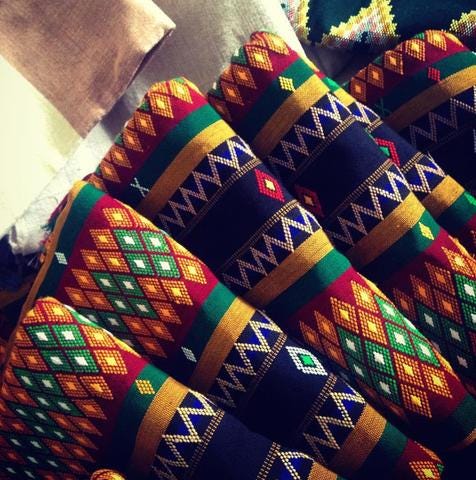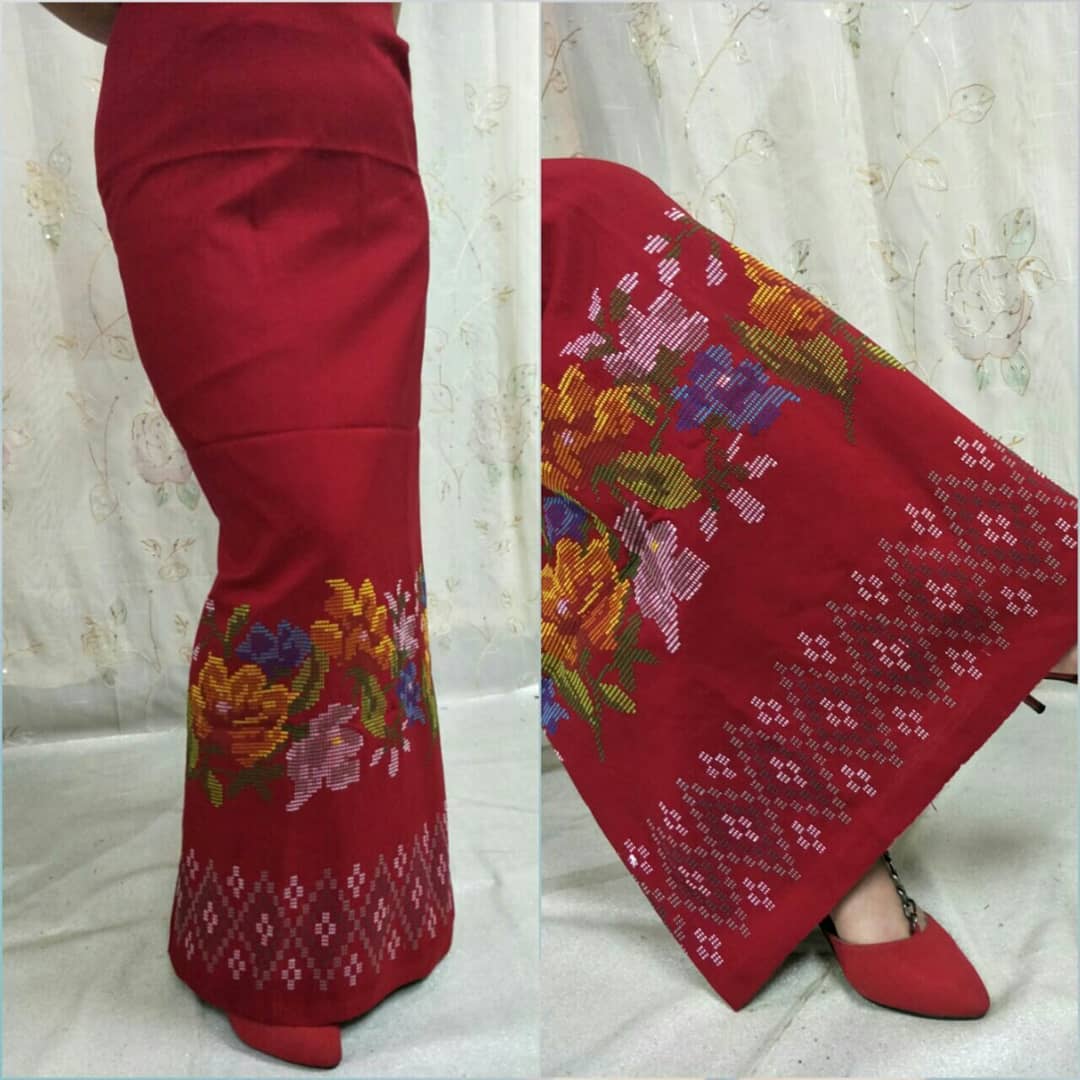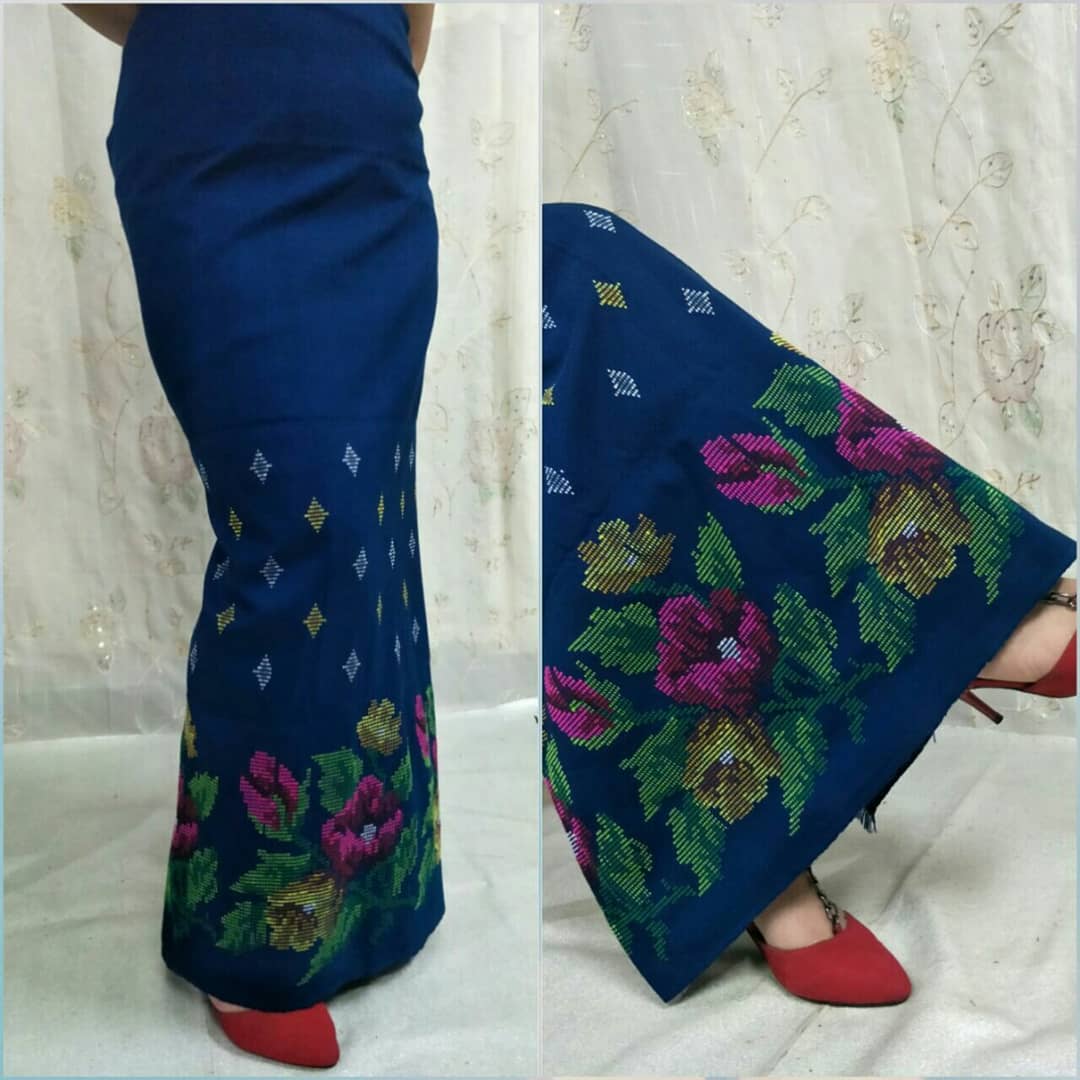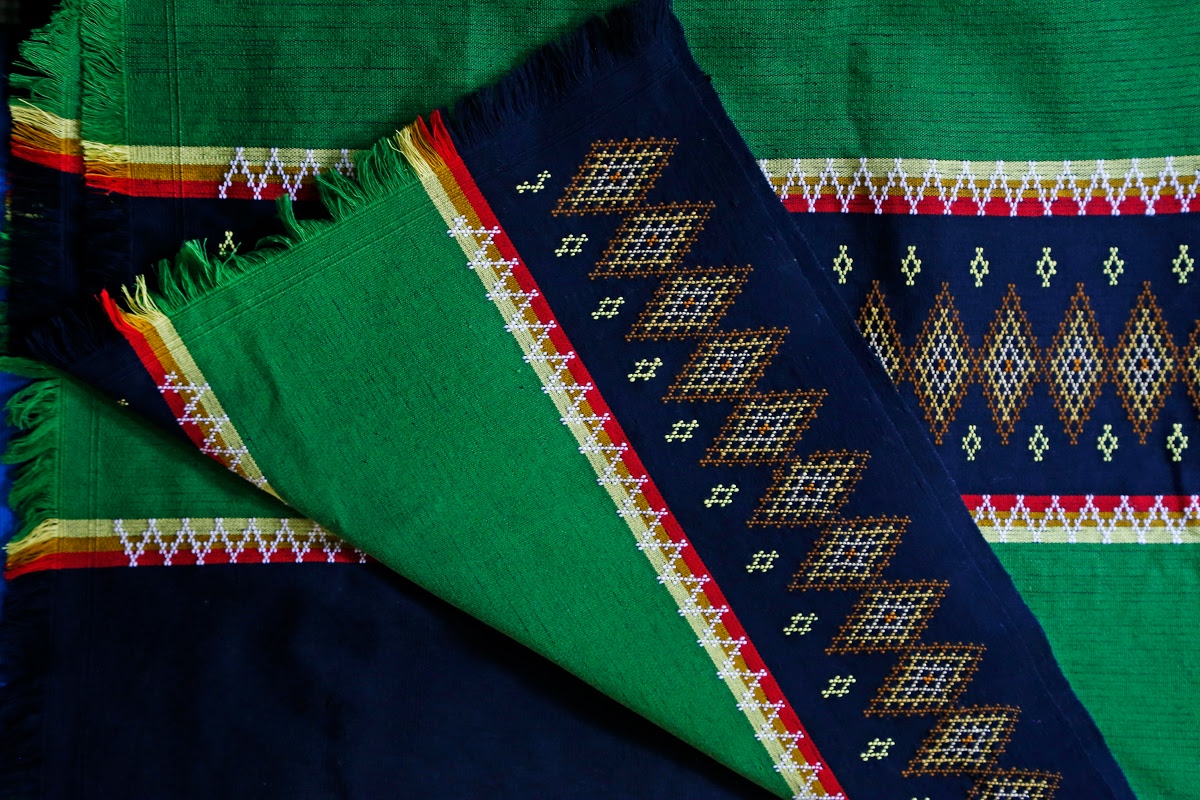ॐ श्री गुरुभ्यो नमः ॐ श्री शिवानन्दाय नमः ॐ श्री चिदानन्दाय नमःॐ श्री दुर्गायै नमः
Source of all Images in this Blog-post : Google Images : ‘Google Image Search’ will reveal the multiple sources of every single image shared here. For more details, kindly see ‘Disclaimer‘
ॐ श्री गणाधिपतये नमः
Introduction
Nestled in the lush hills of the northeastern state of Mizoram, India, the art of Mizo Puanchei weaving has been an integral part of the region’s cultural heritage for centuries. Puanchei, which translates to “shawl” in the Mizo language, is not merely a piece of cloth; it is a symbol of tradition, identity, and artistry. In this article, we will explore the world of Mizo Puanchei weaving, its historical significance, and the dedication of the artisans who continue to weave the threads of tradition.
A Living Tradition
Mizo Puanchei weaving is not just a craft; it’s a way of life for the women of Mizoram. This traditional art form has been passed down through generations and holds deep cultural and social significance in Mizo society. Puanchei shawls are woven for various occasions, including weddings, festivals, and important ceremonies. They are worn by both men and women and are considered an essential part of the Mizo attire.
The Origins and History
The history of Puanchei weaving in Mizoram is deeply rooted in the customs and traditions of the Mizo people. While the exact origin is unclear, the craft has been practiced for centuries. Historically, Puanchei was woven using cotton, but with the introduction of European missionaries in the 19th century, Mizo weavers began incorporating silk and synthetic threads, adding to the richness and diversity of their creations.
Patterns and Designs
Mizo Puanchei shawls are renowned for their intricate and colorful designs. Each design has its own name, and these patterns often convey stories, symbols, and traditions unique to Mizo culture. The motifs can include animals, plants, human figures, and geometrical shapes. Common patterns are the Hmunchhawlam (peacock feather), Hnahthial (star), and Hmangte (bamboo).
The Weaving Process
Mizo Puanchei weaving is a time-consuming and meticulous process that requires great skill and patience. The traditional handloom is used to create these beautiful shawls. The process can be divided into the following steps:
- Preparing the Yarn: Cotton or silk threads are carefully selected, spun, and dyed in vibrant colors using natural dyes. The threads are then wound onto bobbins.
- Setting up the Loom: The weaver sets up the traditional Mizo loom, which consists of bamboo and wooden components, including heddles and foot pedals.
- Weaving: The weaver carefully selects the threads to create intricate patterns, following the design and using the foot pedals to raise and lower the warp threads.
- Finishing: After weaving, the Puanchei is carefully taken off the loom and the loose threads are trimmed. It is then washed, starched, and ironed to bring out its vibrant colors and intricate designs.
Preserving the Tradition
Mizo Puanchei weaving is not only an art form but also a vital source of income for many Mizo families. Efforts are being made by various organizations and government initiatives to support and promote this age-old tradition. Weaving cooperatives and training programs have been established to empower Mizo women and ensure the continuity of this beautiful craft.
Conclusion
Mizo Puanchei weaving is not just about fabric; it’s about culture, heritage, and identity. These vibrant shawls are a testament to the Mizo people’s creativity, resilience, and love for their traditions. As we appreciate the intricacy and beauty of Mizo Puanchei, we also celebrate the weavers who continue to pass on their legacy and keep the threads of tradition alive in the hills of Mizoram, India.




